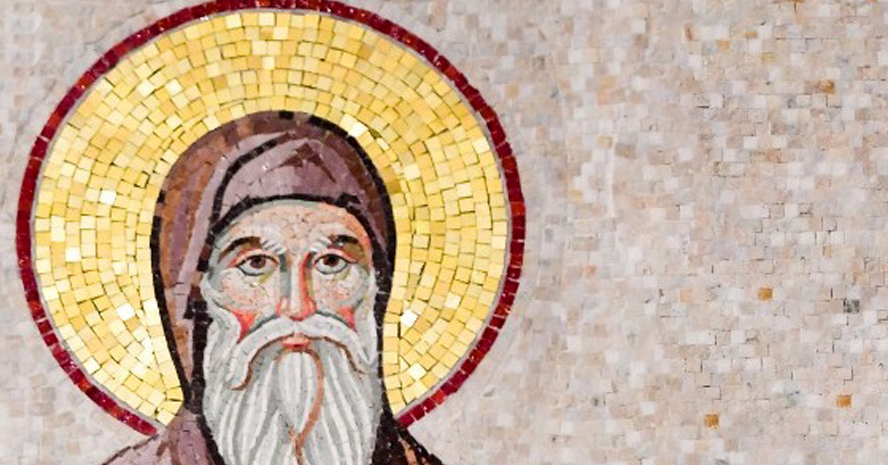It’s not like January 1st in the year 1 AD everyone agreed to start over or something, right? So when did this really begin?
The system of counting years in AD and BC wasn’t introduced until 525 AD by the Christian monk (though I guess, technically speaking, a Scythian monk) Dionysius Exiguus. While he devised the system at that time, it wasn’t widely adopted much later until the 9th century. The Anno Domini system marked the beginning of a new way of counting years, with the birth of big homie baby Jesus serving as the starting point.
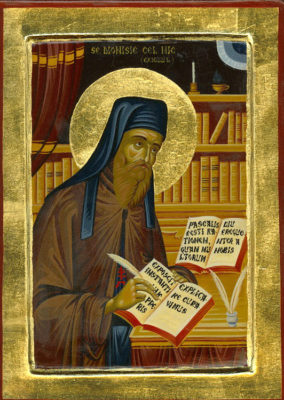
Exiguus was living in Rome when tasked with calculating the date of Easter. To do this, he devised a new system of numbering years based on the estimated birth year of Jesus Christ. This system is known as Anno Domini (AD), which is Latin for “in the year of the Lord.”
Before Dionysius Exiguus started his Anno Domini (AD) system in 525 AD, the most common way of reckoning years in the Roman world, where he lived, was the Anno Urbis Conditae (AUC) system. This literally means “in the year since the founding of the City” (Rome).
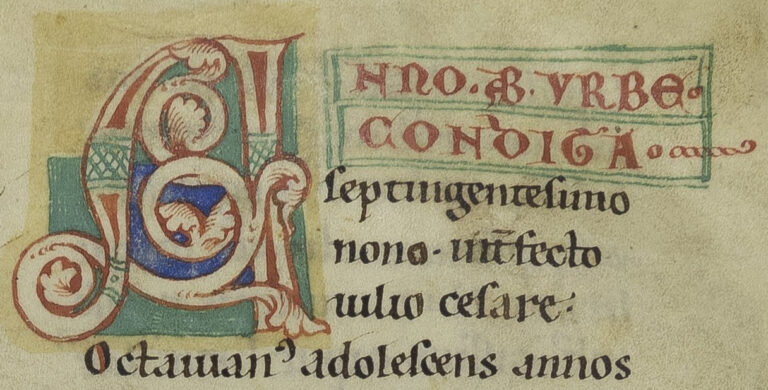
According to Roman tradition, Rome was founded in 753 BC. Therefore, in what we now call 525 AD, people using the AUC system would have considered it to be the year 1278 AUC (753 BC + 525 years = 1278).
It’s important to remember that other regional dating systems also existed, sometimes based on the regnal years of emperors or local events. However, AUC was the most prevalent in Rome at the time.
Let’s pick a random year, like 1492 AD since we hear about this often as an important turning point in history. Let’s have some fun and instead look at 1492 AUD, and what was happening in the world at that time.
First, to convert 1492 AUC to the AD year, we subtract the traditional founding year of Rome (753 BC) from it. Remember that going from BC to AD involves crossing the year 1 BC/1 AD with no year zero.
So, 1492 AUC – 753 = 739.
Therefore, 1492 AUC corresponds to the year 739 AD.
Now, let’s talk about some large events that might have been happening around the year 739 AD:
It’s important to note that detailed historical records from this period aren’t always as comprehensive as for later centuries. However, based on the general trends and known events of the 8th century, here are some possibilities and contexts for what might have been significant around 739 AD:

- The Umayyad Caliphate: The Umayyad Caliphate was a major power stretching across the Middle East, North Africa, and parts of the Iberian Peninsula. In the 730s and 740s, the Caliphate was facing internal unrest and external pressures.
- Continuing Conflicts: There were likely ongoing conflicts along the vast borders of the Caliphate, including skirmishes with the Byzantine Empire in Anatolia and continued resistance in parts of North Africa.
- Early Stages of Abbasid Unrest: The seeds of the Abbasid Revolution, which would eventually overthrow the Umayyads, were likely being sown during this period, with discontent growing among certain factions.
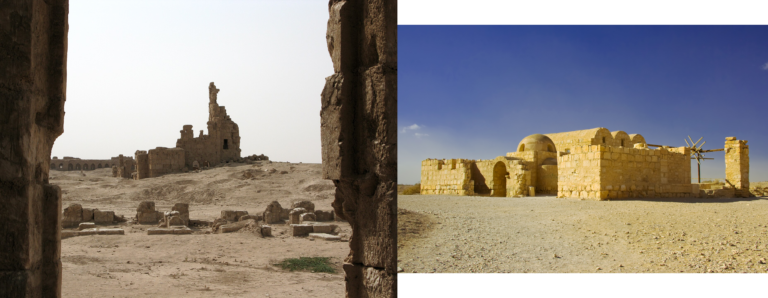
- The Byzantine Empire: The Byzantine Empire, the Eastern Roman Empire, was still a significant power in the Eastern Mediterranean.
- Iconoclasm: The Iconoclastic Controversy, a major dispute over the use of religious images (icons), was a defining feature of this period in Byzantine history. While the most intense phases varied, the debate and its political ramifications would have been ongoing.
- Defense Against Islamic Expansion: The Byzantines were constantly defending their territories against the expanding Islamic Caliphate. Battles and border skirmishes in Asia Minor would have been common.
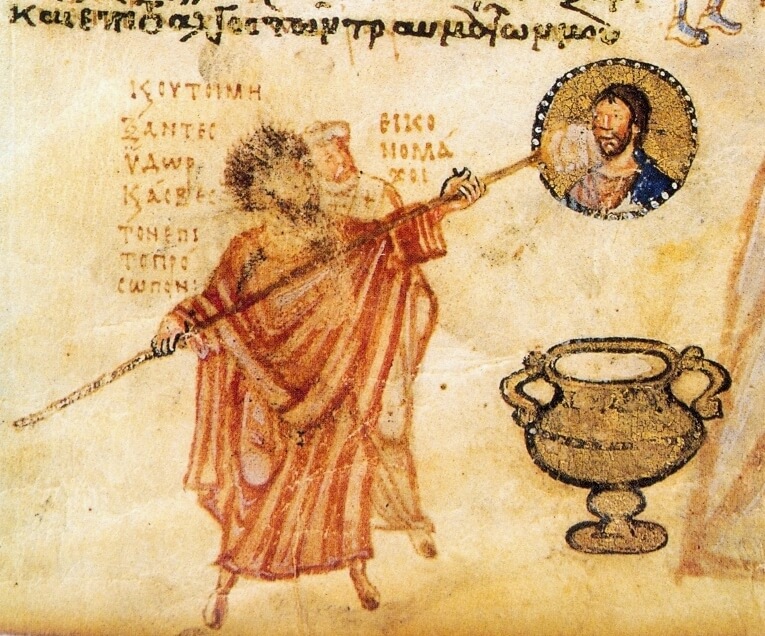
- The Frankish Kingdom (in what is now France and parts of Germany): The Frankish kingdom under the Merovingian dynasty was in a period of transition, with the Carolingian mayors of the palace gaining increasing power.
- Charles Martel’s Influence: Charles Martel, the grandfather of Charlemagne, was a dominant figure. While his famous victory at the Battle of Tours was in 732, his influence and consolidation of power continued in the following years. He likely would have been involved in campaigns and political maneuvering to solidify Frankish dominance in Western Europe.
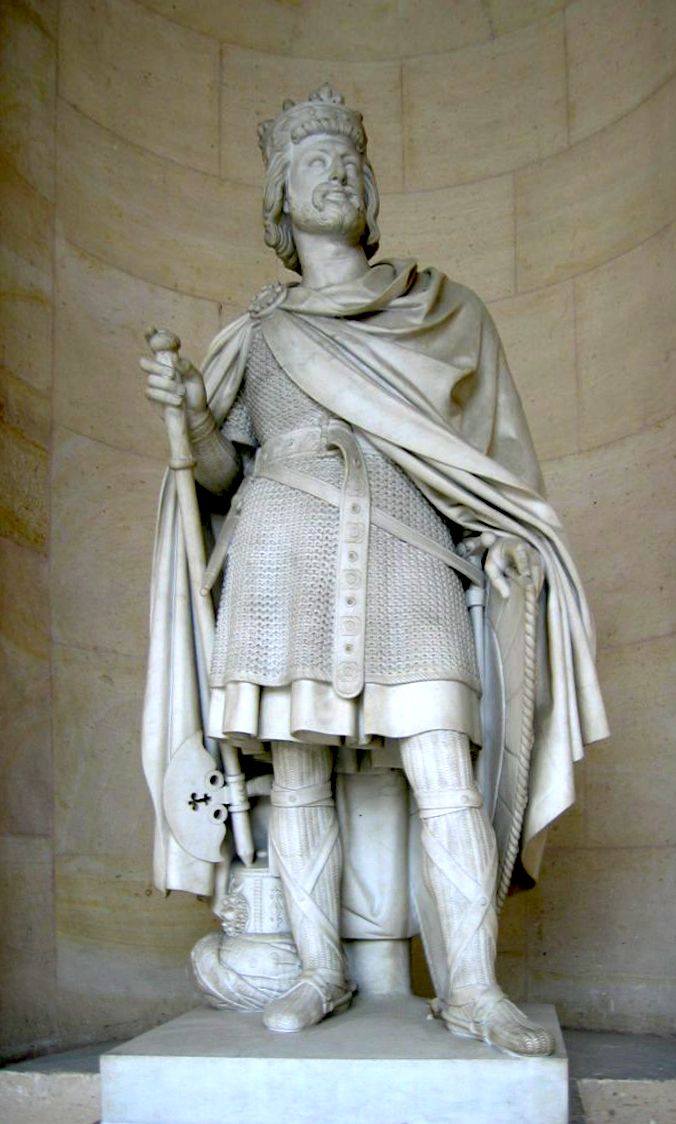
- Lombard Italy: The Lombard Kingdom controlled much of Italy. There were often tensions and conflicts between the Lombards, the Papacy in Rome, and the Byzantine territories in Italy.
- England (Anglo-Saxon Kingdoms): England was divided into several Anglo-Saxon kingdoms (like Mercia, Northumbria, Wessex). This period saw ongoing power struggles and shifting alliances between these kingdoms.
I’m all over the place, I know, but basically around 739 AD, the world was characterized by:
- Large empires like the Umayyad Caliphate and the Byzantine Empire facing internal and external challenges.
- The gradual rise of the Franks in Western Europe under the Carolingians.
- A fragmented political landscape in regions like Italy and England, with various powers vying for control.
- Continuing religious and cultural developments within these different societies.
While we don’t have one or two specific, universally recognized “large events” from just 739 AD in the same way we do for 1492 AD, the year falls within a crucial and dynamic period of history where the foundations of the medieval world were being laid.
Cool, right? Let’s do 1776 AD next. To convert 1776 AUC to the AD year:
1776 AUC – 753 = 1023 AD.
Therefore, 1776 AUC corresponds to the year 1023 AD.
Now, let’s explore some events that might have been significant around the year 1023 AD:
Keep in mind that pinpointing major global events for a specific year like 1023 AD can be challenging due to the nature of historical record-keeping from that era. However, we can look at broader trends and some specific occurrences:

- Europe:
- The Holy Roman Empire: Under the Salian dynasty, the Holy Roman Empire was a significant power. Emperor Conrad II was crowned in 1027, but in 1023, the reign of his predecessor, Henry II, was coming to an end (he died in 1024). There might have been political maneuvering and succession discussions.
- England: England was under the rule of King Cnut the Great, who had established a North Sea empire including Denmark and Norway. His reign (1016-1035) was a period of relative stability and consolidation. Events related to his administration and the integration of his vast territories would have been ongoing.
- France: The Capetian dynasty was on the throne. The kingdom was still relatively decentralized, with powerful regional lords. Events would likely involve the interactions and power struggles between the French monarchy and these nobles.
- Iberian Peninsula: The Reconquista continued in the Iberian Peninsula, with Christian kingdoms in the north gradually pushing south against the Al-Andalus (Muslim Iberia). There would have been ongoing battles and shifting territorial control.
- Italy: Southern Italy was a complex mix of Lombard principalities, Byzantine territories, and emerging Norman influence. There would have been various local conflicts and political developments.
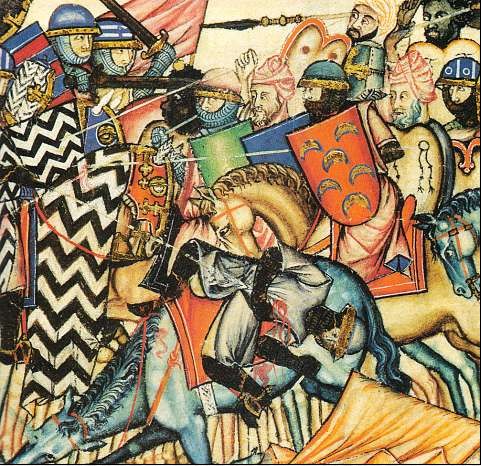
- Byzantine Empire: The Byzantine Empire was a major power in the Eastern Mediterranean, though it had faced recent challenges. Under Emperor Basil II (who died in 1025), the empire had seen a period of expansion. In 1023, the empire was likely still dealing with the aftermath of these conquests and maintaining its borders.
- The Islamic World: The Abbasid Caliphate, while still nominally in power, had seen its influence wane, with various independent Islamic dynasties rising in different regions. The Fatimid Caliphate in Egypt and North Africa was a major power. Interactions and sometimes conflicts between these different Islamic entities would have been ongoing.
- Asia:
- China: The Song Dynasty was established in China and was a period of significant cultural and economic development. Events related to the Song administration, its relations with neighboring Liao Dynasty to the north, and internal developments would have been occurring.
- India: The Indian subcontinent was divided into various kingdoms and dynasties. The Chola Empire in the south was a significant maritime power. Political and military events would have varied across the different regions.
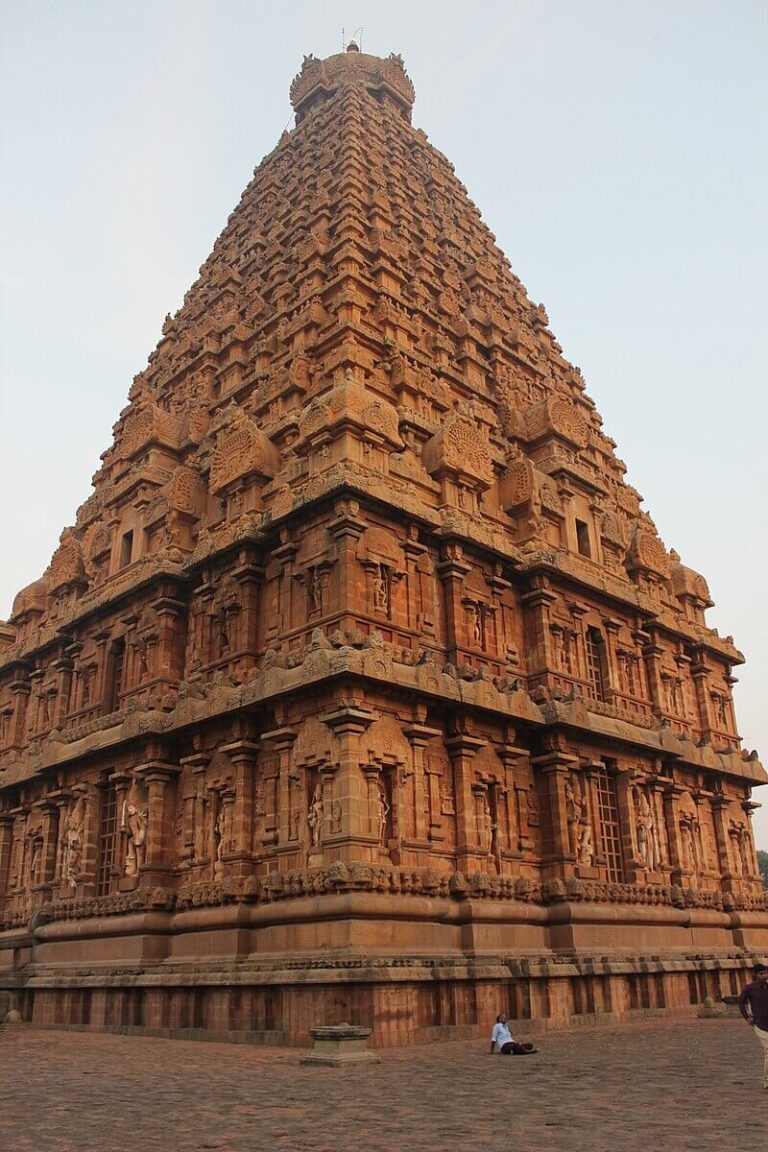
To wrap these ramblings up, while a single, globally recognized “large event” might be elusive for 1023 AD (or 1776 AUC), this year falls within a period of significant developments across various parts of the world: the consolidation of power in England under Cnut, the ongoing dynamics within the Holy Roman Empire, the continuation of the Reconquista in Spain, the complexities of the Byzantine and Islamic worlds, and the flourishing of the Song Dynasty in China. These regional contexts provide a glimpse into the types of important events that were likely unfolding.
All of this was sparked from me just wondering about calendars and counting years. After reading this, what questions about antiquity does this provoke for you? Google it, learn something interesting, and share it with others.

